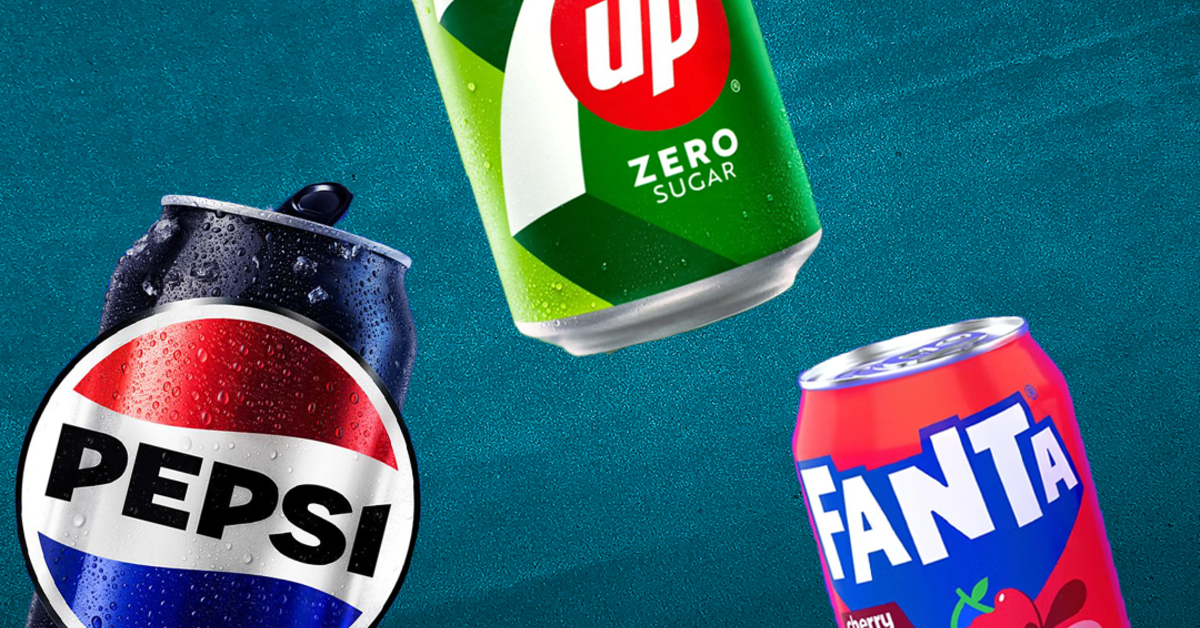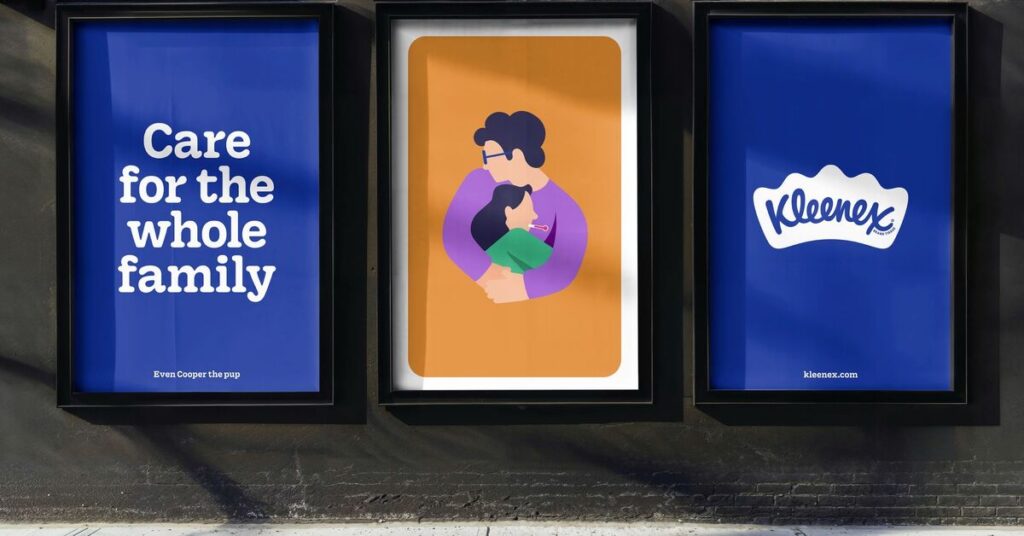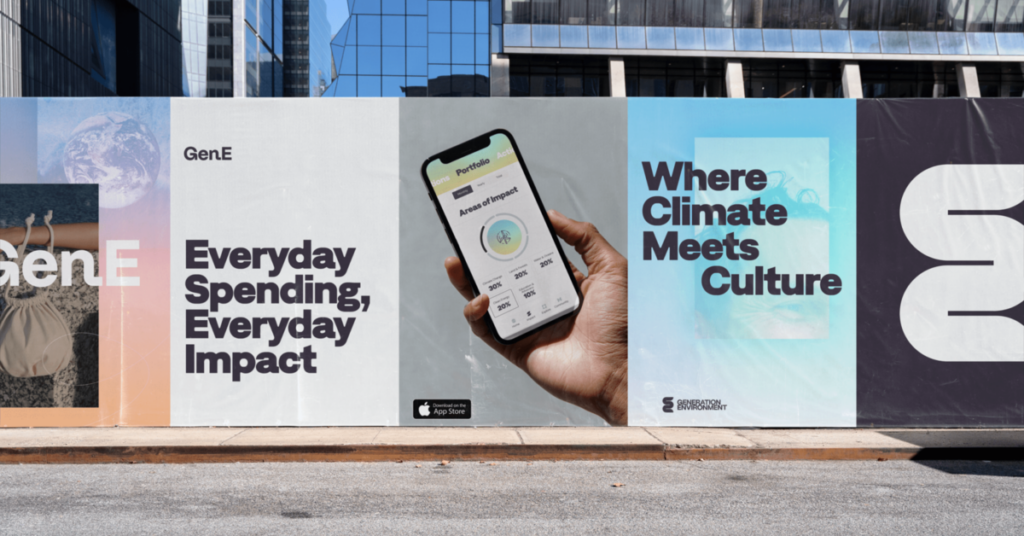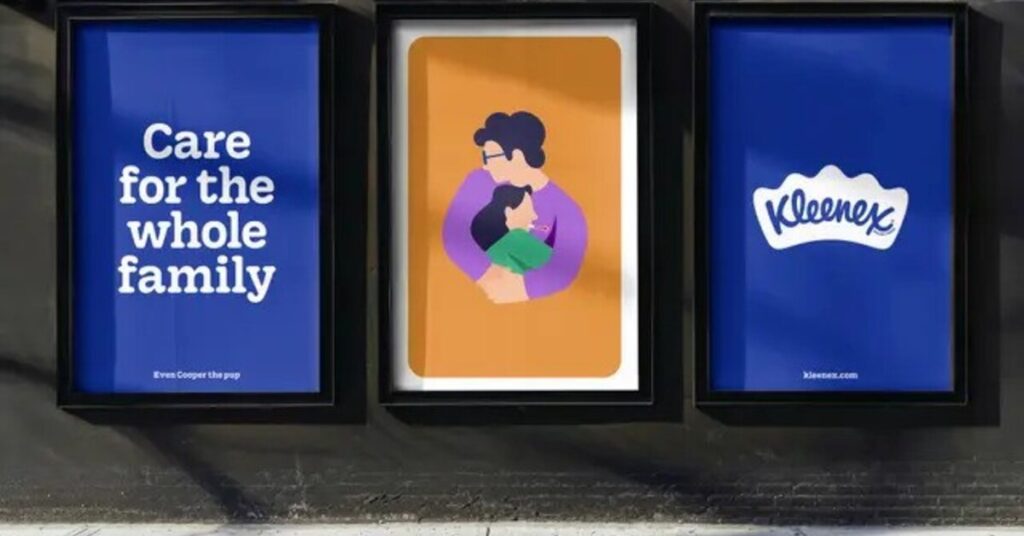The emergence of Gen Z as a significant consumer segment has brought about a shift in marketing strategies for many brands. With their unique values and preferences, companies are forced to rethink their approach to branding, design, and messaging. The increasing dominance of this segment means that companies must adapt or risk being left behind.
The Importance of Branding and Design in Reaching Gen Z Consumers
Gen Z has a unique approach to social media and values authenticity and inclusivity. As a result, brands that want to appeal to this generation must adopt a more creative and unconventional approach to their marketing strategies. This includes bold, bright colors, expressive designs, and messaging that reflects their values. Companies must ensure that their branding is consistent across all channels to create a cohesive and recognizable brand identity.

Now You Know Why Major Soft Drink Brands Are on a Rebranding Spree
PepsiCo and The Coca-Cola Company‘s constant redesigning of their soft drink brands is a testament to the importance of branding and design in reaching Gen Z consumers. They seem to be locked in a graphic design tug of war this year, with each company launching a total redesign of one of its subsidiaries nearly every month. These companies understand that appealing to this emerging consumer base requires a fresh and innovative approach to branding and design. As a result, they are investing heavily in these areas to create a strong brand identity that resonates with Gen Z consumers. The outcome is a recurring amount of soft drink rebrands, including Fanta, Lilt, 7Up, Minute Maid, and Pepsi.
The Role of Collaborations in Rebranding Efforts
Collaborations can play a significant role in rebranding efforts, as seen in the case of Mirinda’s recent makeover. By partnering with creative agencies, companies can tap into their expertise and knowledge to create a branding and design strategy that resonates with their target audience. Collaborations can also help companies stay relevant and competitive in an ever-changing market, particularly when targeting Gen Z consumers who are known for their ever-changing preferences and values.

Bottomline
The emergence of Gen Z as a dominant consumer segment has forced companies to rethink their marketing strategies. Brands that want to appeal to this emerging consumer base must adopt a more creative and unconventional approach to branding and design. Collaborations with creative agencies can also play a significant role in rebranding efforts. Companies that invest in these areas are likely to remain relevant and competitive in an ever-changing market.



